For Ca Mau province, groundwater is supplied from centralized exploitation works, mainly by 2 suppliers, including Ca Mau Water Supply Joint Stock Company (supplying water to urban areas and towns, with about 83 thousand households, accounting for 96% of households in urban areas and towns); Center for Clean Water and Rural Environmental Sanitation, under the Department of Agriculture and Environment (supplying water to commune centers and rural residential areas, with about 40 thousand households, accounting for 18% of rural households; the remaining households, about 180 thousand households, use water from individual wells of households and store rainwater for daily activities).
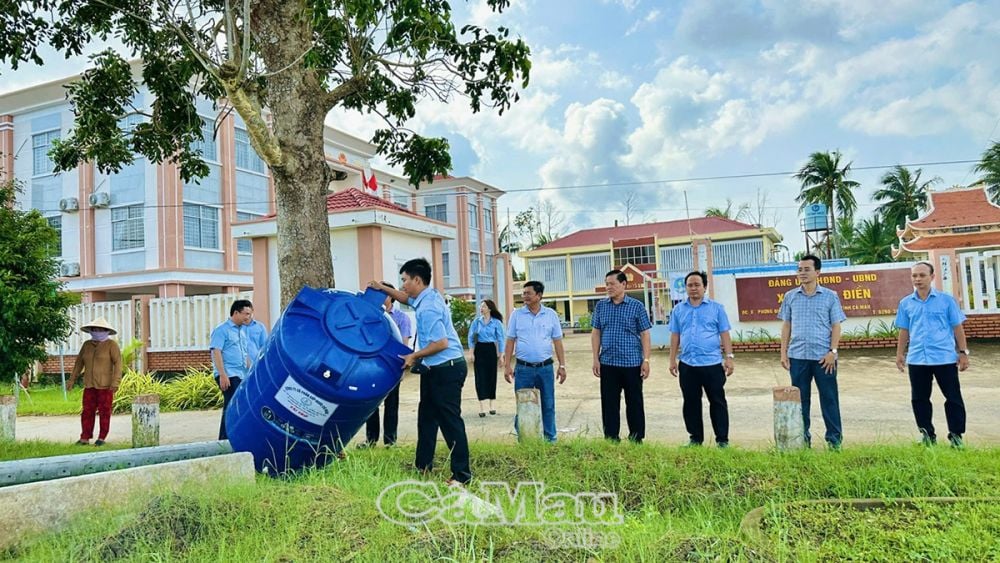
Since 2016, the province has invested in building, upgrading and expanding 17 water supply works; established 72 centralized water supply points; organizations, individuals and benefactors have supported people with over 12 billion VND in cash and water tanks, basically solving the shortage of domestic water for people.
However, through review, currently about 55% of the works serving 14 thousand households (out of a total of 40 thousand rural households using water from centralized works) are degraded, needing repair, upgrading, and renovation. The main reason is that these works have been used for too long (late 1990s and early 2000s); most of these works were previously handed over to commune-level authorities for management and exploitation when completed, but most of them were ineffective, revenue was not enough to cover expenses, and resources were not balanced for regular maintenance and repair.
As for the 180 thousand households using individual wells, it is also very difficult to control and manage groundwater resources; the risk of groundwater pollution is very high (due to not filling and sealing properly); due to individual exploitation, it is impossible to invest in a synchronous centralized water treatment facility, ensuring clean water quality for domestic purposes according to regulations.
To overcome this situation, from 2016 to now, the province has invested in building new, upgrading and expanding the network of 17 water supply works with more than 400 km of pipelines in the districts; established 72 centralized water supply points; supported water storage equipment (5,600 1 m3 water tanks, 20 water storage bags with a capacity of 25 m3, 200 water filters, 15 saline water filters); transported 550 m3 of fresh water to Hon Chuoi island... In addition, organizations, individuals and benefactors have supported people with over 12 billion VND in cash and materials, basically solving the shortage of domestic water for people in areas with difficult access to water in recent years.
As for Ca Mau Water Supply Joint Stock Company, to ensure clean water for people, the company has promoted the application of science and technology in production, management and investment, renovation, upgrading, expansion of pipeline networks, drilling wells to supplement supply sources, installing water treatment tank technology systems... to ensure stable and safe water supply for the people. Up to now, the company's total number of customers is over 83 thousand households. In 2024, the company has supplied more than 17 million m3 of commercial water, an increase of 104% compared to the plan thanks to the development of pipeline networks and reception in new residential areas.
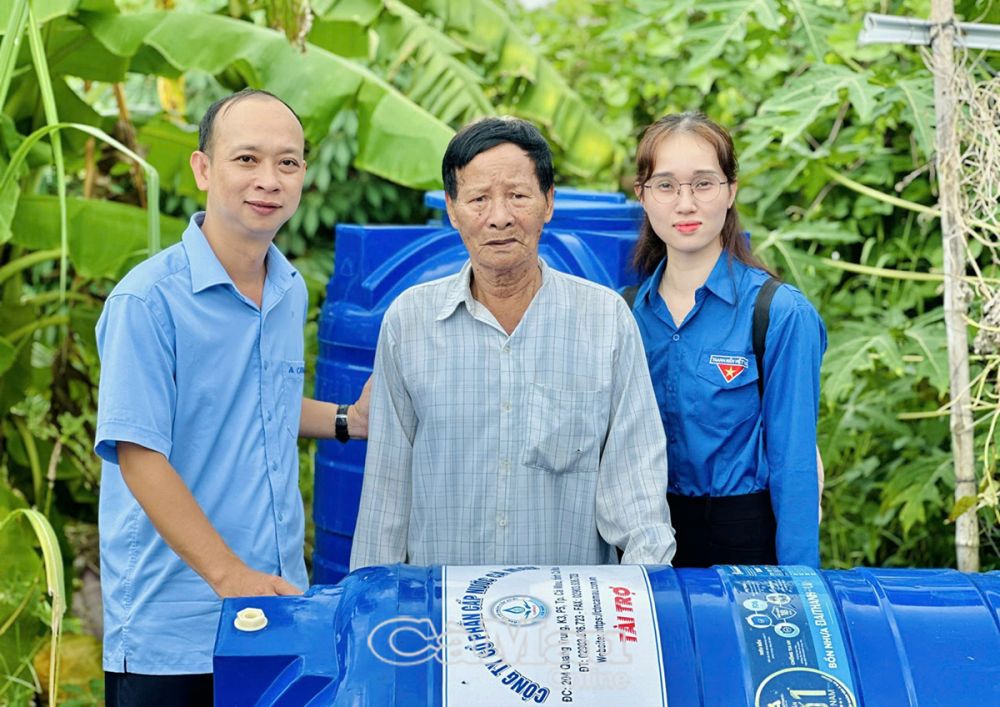
People of Dong Hung commune, Cai Nuoc district receive water tanks from Ca Mau Water Supply Joint Stock Company.
Mr. Pham Phuoc Tai, General Director of Ca Mau Water Supply Joint Stock Company, shared: “In the coming time, the company will continue to apply science and technology, optimize production and operation, ensuring stable and safe water supply for all areas. In addition, through means and information channels, we will encourage customers to use water economically, use water containers to store when there is a problem with the water supply system. Further strengthen the inspection and management of water quality at factories, water supply stations, and pipeline networks to ensure water quality according to local technical standards and regulations of the Ministry of Health. At the same time, proactively receive water supply systems assigned by the Provincial People's Committee, continue to submit to the Provincial People's Committee to participate in proposing investment in a surface water treatment plant at U Minh reservoir, contributing to ensuring timely and sufficient water sources for people".
However, according to statistics, there are currently 1,332 households in the province that have difficulty accessing domestic water. Of which, in U Minh district, there are currently 504 households lacking water, mainly in Khanh Thuan commune, with 229 households. These households live sparsely along canals and in forest areas, in areas where groundwater is difficult to exploit; drinking water mainly uses rainwater stored on site, domestic water is transported from drilled wells and centralized water supply points in the area.
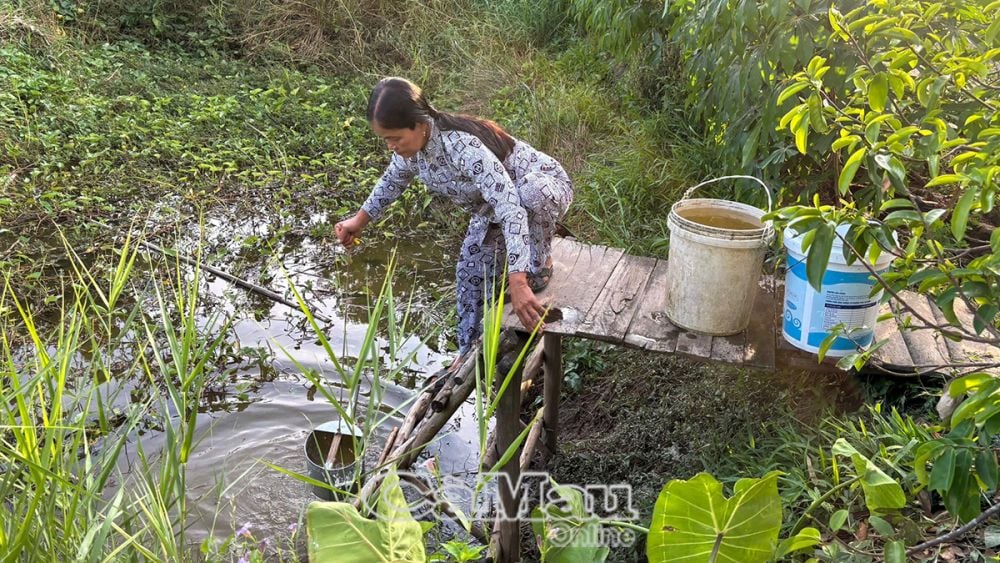
People in Khanh Thuan commune, U Minh district use water stored in ponds to serve dry season production.
Thoi Binh district has 506 households in Bien Bach commune, most of which use drinking water from rainwater storage sources in the household or from centralized rainwater storage points; domestic water from transportation services or from centralized free water supply points.
Phu Tan district still has 300 households in a sparsely populated area, where drinking water mainly uses rainwater stored on site; of which Cai Doi Vam town has 22 households, Nguyen Viet Khai commune has 247 households, and Phu My commune has 31 households. Tran Van Thoi district also has 22 households lacking water (living on Hon Chuoi island).
In fact, the domestic water sources of the people in the province mainly come from underground water sources (underground water) and rainwater; there is no alternative surface water source (fresh water) to supplement in the dry season. In particular, some areas cannot exploit underground water or can exploit it but the underground water is contaminated with alum and salt, not ensuring the quality for daily life.
In order to solve the difficulty in accessing domestic water for people in some areas in the locality, the Provincial People's Committee recently proposed to the Standing Committee of the Provincial Party Committee to give opinions on many options: Providing water for residential areas living along the route that do not have access to domestic water, with a total budget for the projects of about 15 billion VND; Providing water for scattered households, by building 377 tarpaulin-lined tanks to store household rainwater, serving the daily life of 337 households, with a total investment of about 6.78 billion VND. At the same time, focusing resources on investing in rural clean water supply projects, including proposing a policy to prepare for investment in some degraded project items, in order to proactively arrange appropriate capital sources to implement the implementation of ensuring clean water for about 14,000 households, with an estimated budget of about 200 billion VND...
Hong Nhung
Source: https://baocamau.vn/dam-bao-nuoc-sach-sinh-hoat-a38679.html


![[Photo] Ho Chi Minh City: People are willing to stay up all night to watch the parade](https://vphoto.vietnam.vn/thumb/1200x675/vietnam/resource/IMAGE/2025/4/29/cf71fdfd4d814022ac35377a7f34dfd1)
![[Photo] General Secretary attends special art program "Spring of Unification"](https://vphoto.vietnam.vn/thumb/1200x675/vietnam/resource/IMAGE/2025/4/29/e90c8902ae5c4958b79e26b20700a980)
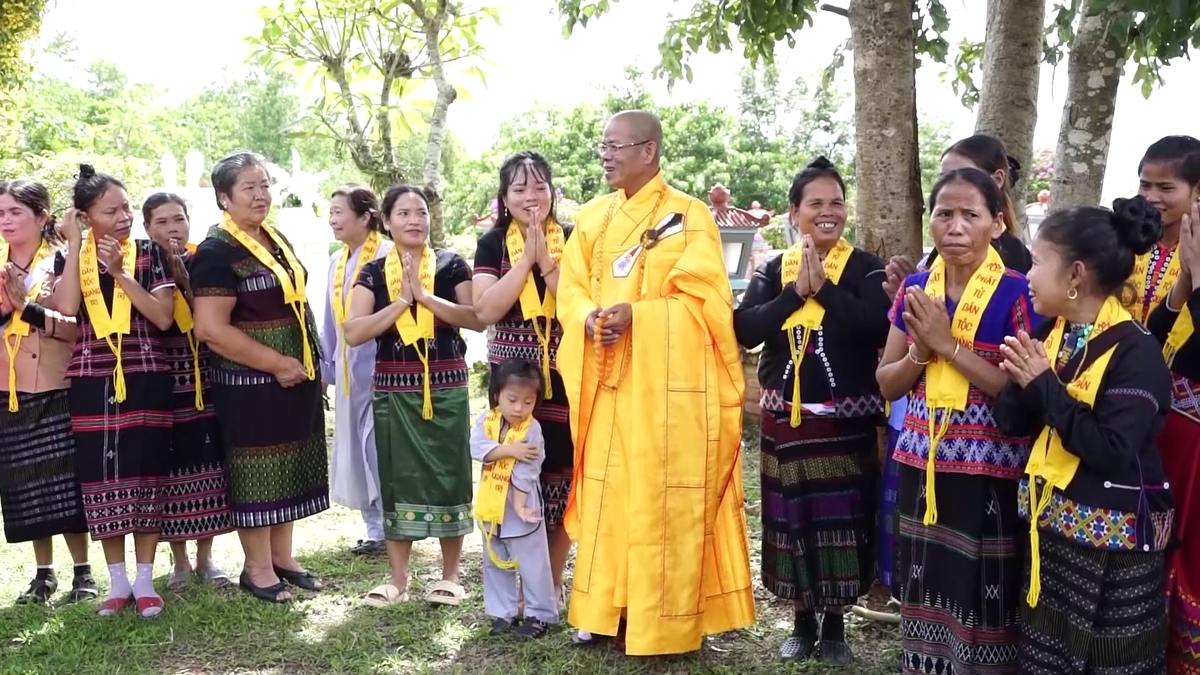

![[Photo] Demonstration aircraft and helicopters flying the Party flag and the national flag took off from Bien Hoa airport](https://vphoto.vietnam.vn/thumb/1200x675/vietnam/resource/IMAGE/2025/4/30/b3b28c18f9a7424f9e2b87b0ad581d05)
![[Photo] Ho Chi Minh City residents "stay up all night" waiting for the April 30th celebration](https://vphoto.vietnam.vn/thumb/1200x675/vietnam/resource/IMAGE/2025/4/30/560e44ae9dad47669cbc4415766deccf)
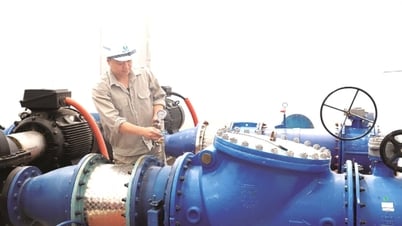


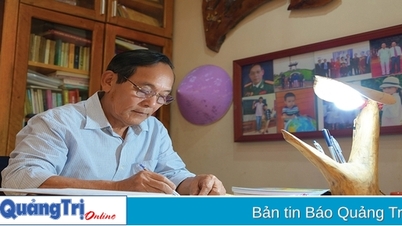
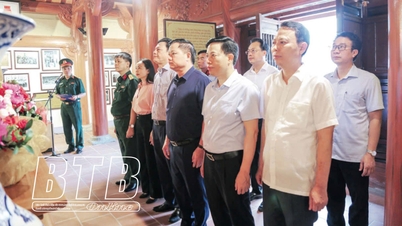
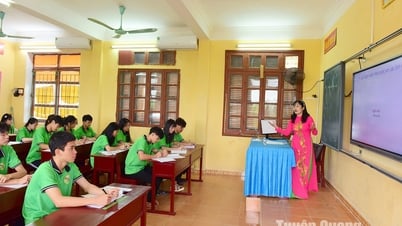






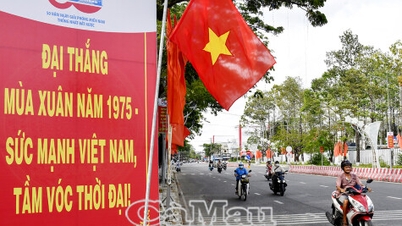
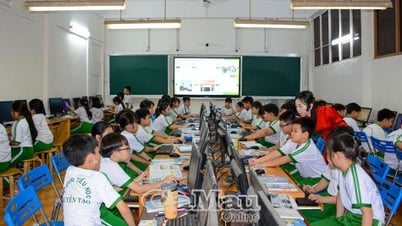

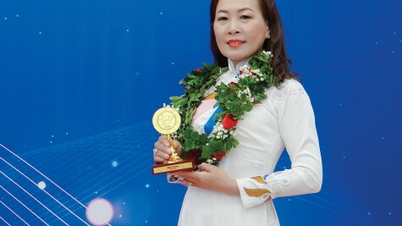
![[Photo] Hanoi is brightly decorated to celebrate the 50th anniversary of National Reunification Day](https://vphoto.vietnam.vn/thumb/1200x675/vietnam/resource/IMAGE/2025/4/29/ad75eff9e4e14ac2af4e6636843a6b53)





























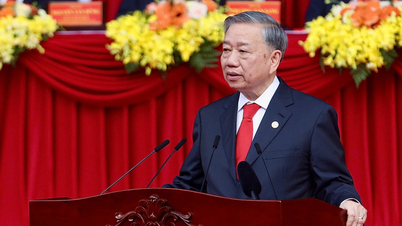




















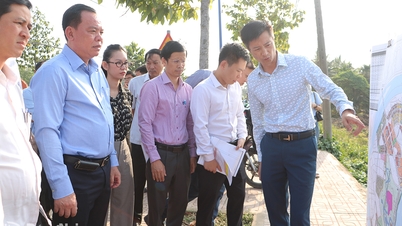















Comment (0)